Throughout history, the story of Noah’s Ark has captured our imagination, painting vivid pictures of animals boarding two by two. It’s a tale that’s been told and retold, with each generation adding its own touch of wonder and myth. Beyond the well-known lions and elephants, the Ark’s imagined manifest has come to include a host of creatures—some real, some symbolic. Here are 10 animals that have become part of Noah’s enduring legend, representing everything from faith and strength to survival and grace.
1. The Lion
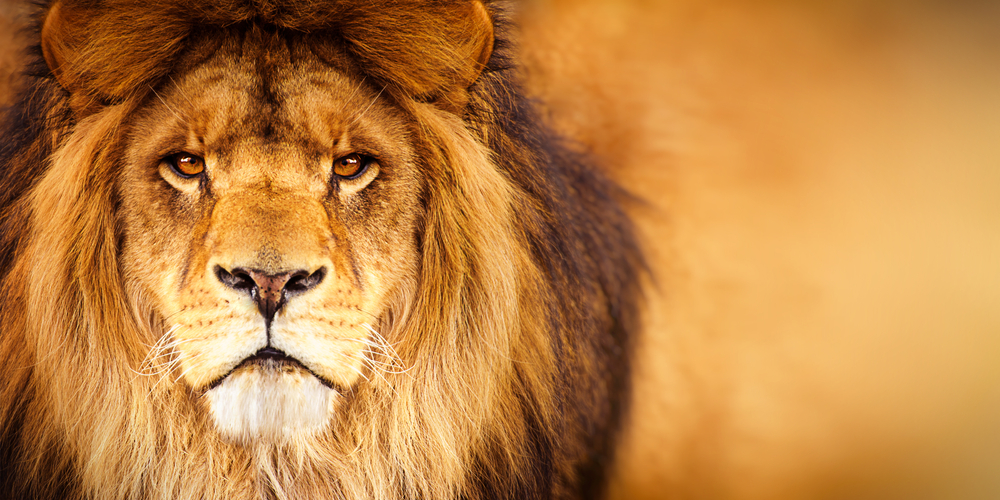
The lion is one of the most iconic animals imagined on the Ark, symbolizing courage and majesty. Its powerful roar and regal stance made it a natural emblem of divine strength and endurance. You can picture the lions prowling quietly in their wooden quarters, a reminder of both danger and dignity amidst chaos. Their presence would have embodied the resilience of creation itself.
In biblical symbolism, lions often represent protection and divine power, as seen in references throughout scripture. The Ark’s inclusion of such predators might have seemed paradoxical, yet it speaks to the balance of the natural world preserved through Noah’s mission. Artists through the ages have depicted lions on the Ark, reinforcing their timeless role as guardians of life. Whether literal or symbolic, their legacy continues to roar through myth and art alike.
2. The Elephant

Towering and gentle, elephants are among the most memorable creatures associated with the Ark. Their immense size and intelligence make them emblems of endurance and wisdom. One can easily imagine these giants boarding slowly, trunks swaying, their calm demeanor a contrast to the storm that awaited. Their strength symbolized stability in a world about to be washed clean.
Across many cultures, elephants represent memory, loyalty, and patience—traits that align beautifully with the Ark’s message of survival and continuity. Their inclusion reflects humanity’s reverence for creatures that embody both physical might and emotional depth. In artistic depictions of Noah’s Ark, elephants often stand out as symbols of grace under pressure. Their imagined presence reminds us that even the largest beings are dependent on divine mercy.
3. The Dove

Of all the Ark’s animals, the dove holds a unique place in history—it is one of the few explicitly mentioned in the Bible. Sent out by Noah to find dry land, the dove returned with an olive branch, signaling that the flood was ending. This simple act transformed the bird into a universal symbol of peace, hope, and new beginnings. Its presence on the Ark embodies the calm after the storm.
The dove’s story transcends religion, appearing in art and literature as a sign of reconciliation and renewal. It connects humanity’s longing for peace with nature’s quiet persistence. The image of a small bird carrying a branch became one of history’s most enduring metaphors. Even today, it reminds us that light and life often return when we least expect them.
4. The Sheep
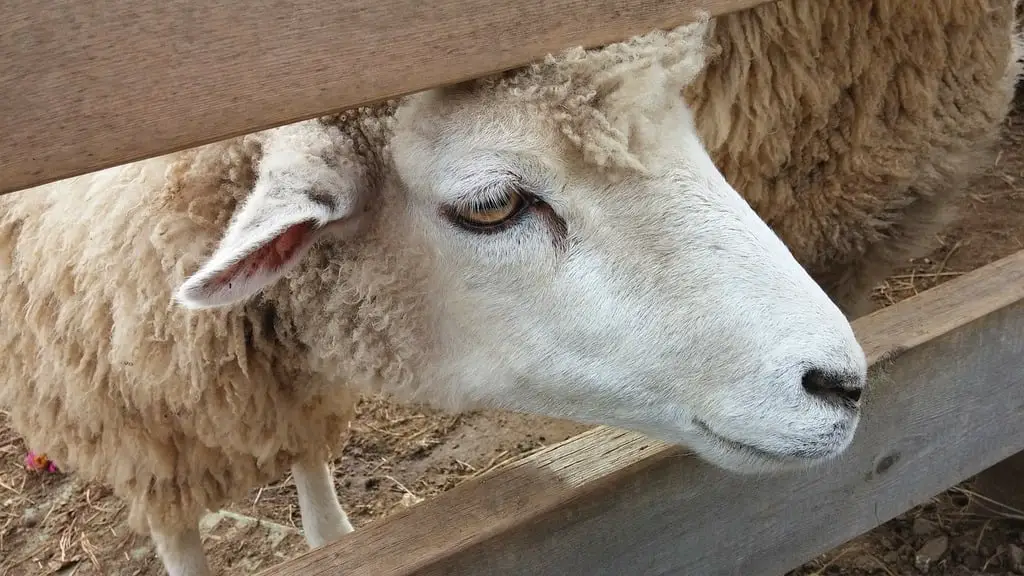
Sheep, gentle and domesticated, would have been among the Ark’s “clean” animals, taken in pairs of seven according to the biblical text. Their docile nature and usefulness for wool, milk, and sacrifice made them indispensable to ancient life. In the Ark’s confines, their calm presence would have provided a sense of routine amid chaos. They represented sustenance and purity, the quiet heart of the animal kingdom.
In Judeo-Christian symbolism, sheep often stand for innocence and faithfulness, qualities deeply tied to the Ark’s story of obedience and trust. Their imagined bleats might have been a comforting sound during the endless rain. Over time, the sheep became one of the most recognizable symbols of divine care. Their presence on the Ark serves as a reminder that gentleness is as vital to survival as strength.
5. The Cow
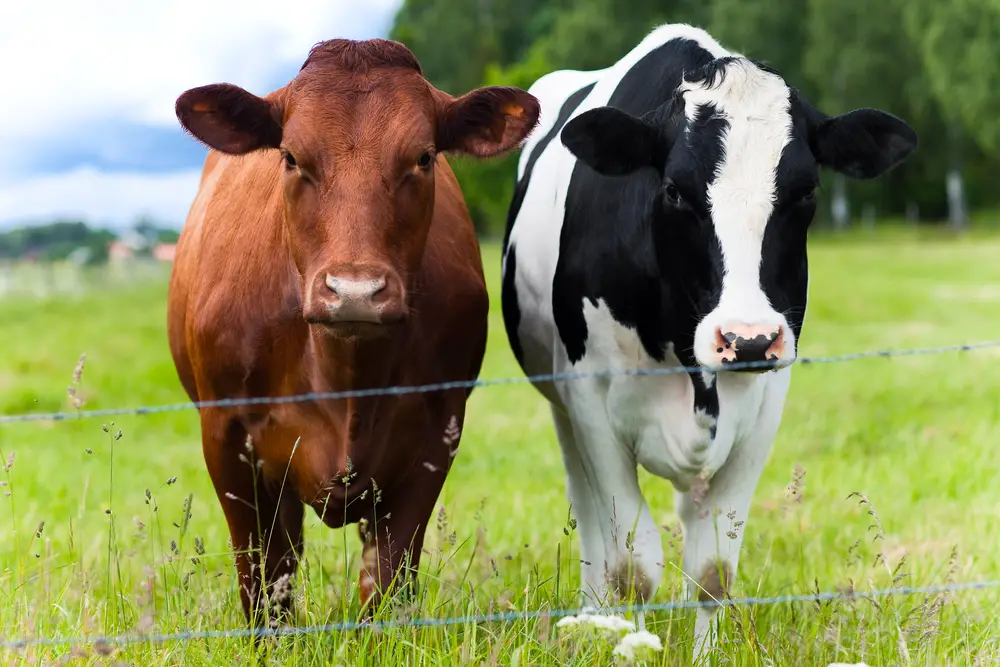
Cows and oxen, steady and hardworking, were essential to the survival of early civilizations—and likely envisioned among the Ark’s passengers. Their strength and docility would have made them ideal companions for rebuilding life after the flood. Symbolically, they embody nourishment and renewal, crucial themes in a story about starting over. As providers of milk and labor, they carried the promise of future sustenance.
In ancient cultures, cows were sacred symbols of fertility, patience, and abundance. Their imagined presence on the Ark adds a practical layer to the tale, emphasizing humanity’s dependence on animals for survival. After the flood, creatures like the cow represented both gratitude and continuity. Their place in Noah’s legend underscores the idea that rebuilding the world would take both faith and hard work.
6. The Goat
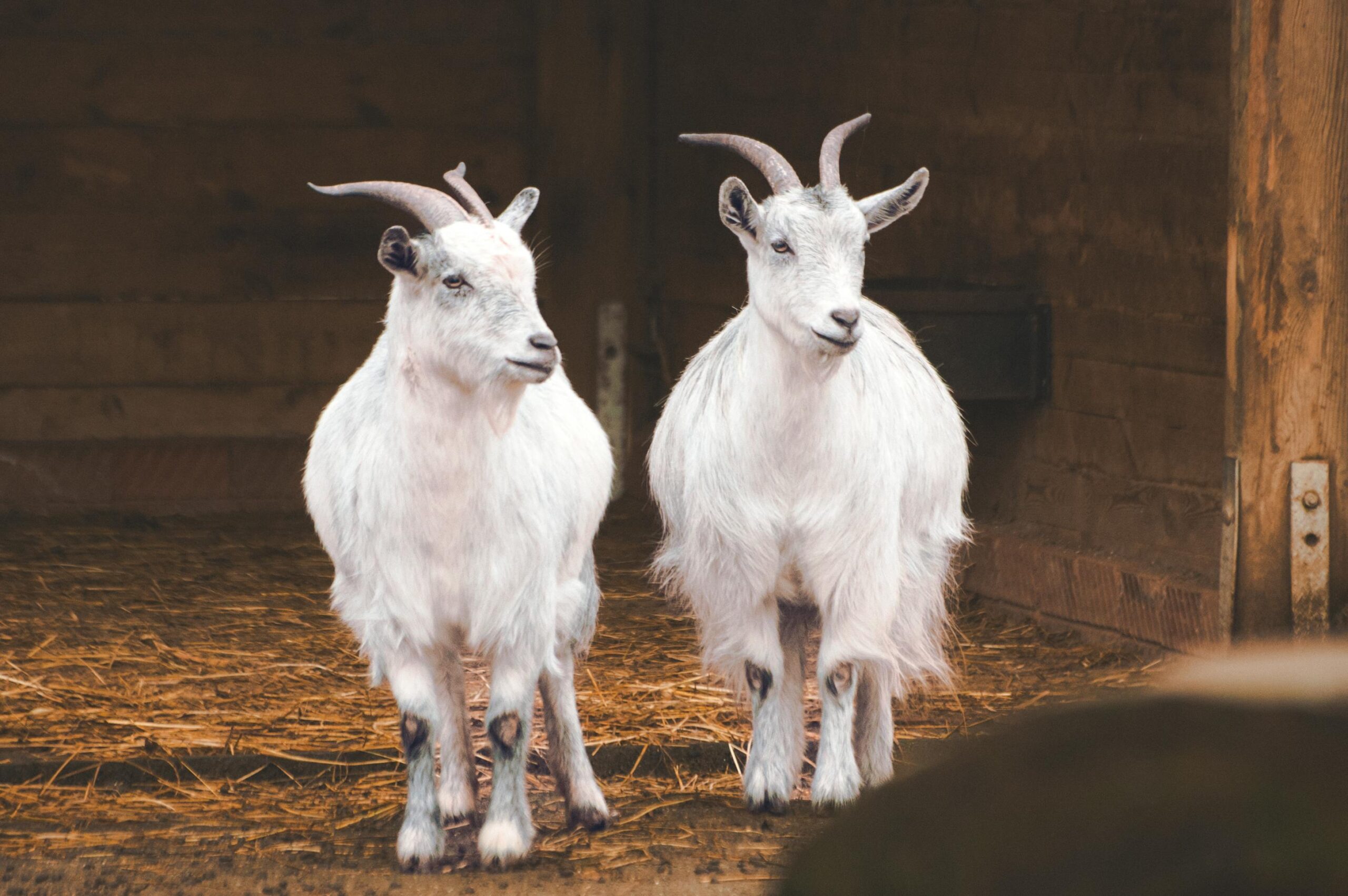
Goats, hardy and resourceful, likely made the journey as part of the “clean” animals Noah was commanded to bring. Known for their adaptability and independence, they symbolize resilience in the face of hardship. Even in confinement, goats would have represented survival and spirited energy—a counterbalance to the more placid animals aboard. Their surefootedness made them natural symbols of stability amidst uncertainty.
Goats have long carried rich symbolic meaning, from sacrifice to vitality and renewal. In the Ark narrative, their presence speaks to nature’s diversity and the balance between wildness and utility. They are reminders that strength sometimes shows up in the most unassuming forms. Their inclusion adds texture to the Ark’s story—a mix of grace, grit, and endurance.
7. The Dog

Dogs, humanity’s oldest companions, would have been natural additions to Noah’s Ark. Loyal, intelligent, and protective, they symbolize faithfulness and friendship. You can imagine them patrolling the decks, offering companionship to Noah’s family during the endless days of rain. Their devotion would have brought comfort in an otherwise uncertain voyage.
Dogs have always represented loyalty, trust, and connection—qualities that bind humans and animals together. Including them in the Ark narrative reinforces the idea that emotional bonds are as crucial as physical survival. Their imagined presence reminds us that kindness and companionship endure even through catastrophe. In every culture, dogs remain symbols of unconditional love, making them worthy passengers on history’s most famous ship.
8. The Horse

The horse embodies freedom, strength, and partnership—traits that resonate deeply in the story of the Ark. Known for their speed and grace, horses represent movement and new beginnings. On the Ark, they might have stood as symbols of the journeys yet to come after the flood. Their presence evokes both beauty and power amid uncertainty.
Throughout mythology and scripture, horses symbolize progress, courage, and the spirit of adventure. Their imagined role in Noah’s story suggests that humanity’s rebirth after the flood would not be stagnant—it would move forward. Artists have long portrayed horses alongside Noah as emblems of hope and renewal. They remind us that survival is not just about endurance—it’s about momentum.
9. The Raven

The raven, like the dove, is one of the few birds explicitly mentioned in the biblical account. Noah first sent out a raven to see if the waters had receded, but it did not return—symbolizing mystery and the unknown. Ravens have long been associated with intelligence and foresight, often bridging the worlds of life and death in myth. Their presence adds a dark but fascinating layer to the Ark’s narrative.
In many cultures, ravens are seen as messengers or omens, balancing light and shadow. Their inclusion reminds us that even in stories of salvation, there is room for complexity and curiosity. The raven’s flight into the unknown captures humanity’s eternal quest for answers. Noah’s tale represents the courage to explore what lies beyond safety.
10. The Camel
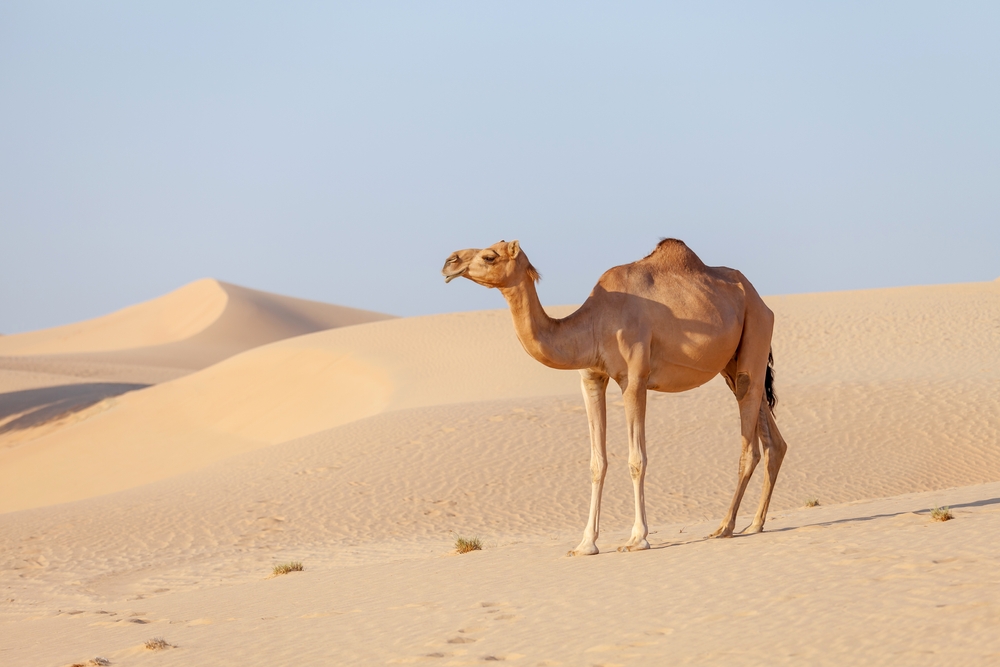
Camels, adapted to harsh environments, symbolize endurance and survival—perfect traits for a post-flood world. Their ability to store water and withstand extremes would have made them invaluable companions after the deluge. In many retellings, they’re imagined boarding the Ark with quiet strength, humps swaying as symbols of preparation and resilience. They represent adaptability in the face of overwhelming odds.
Across ancient traditions, camels are seen as creatures of perseverance and faith, capable of enduring long journeys through desolation. Their presence on the Ark would have been a sign of readiness for whatever lay ahead once the waters receded. In art and literature, they often stand for humility and endurance. Among the Ark’s passengers, few creatures capture the human spirit of survival quite like the camel.
11. The Unicorn
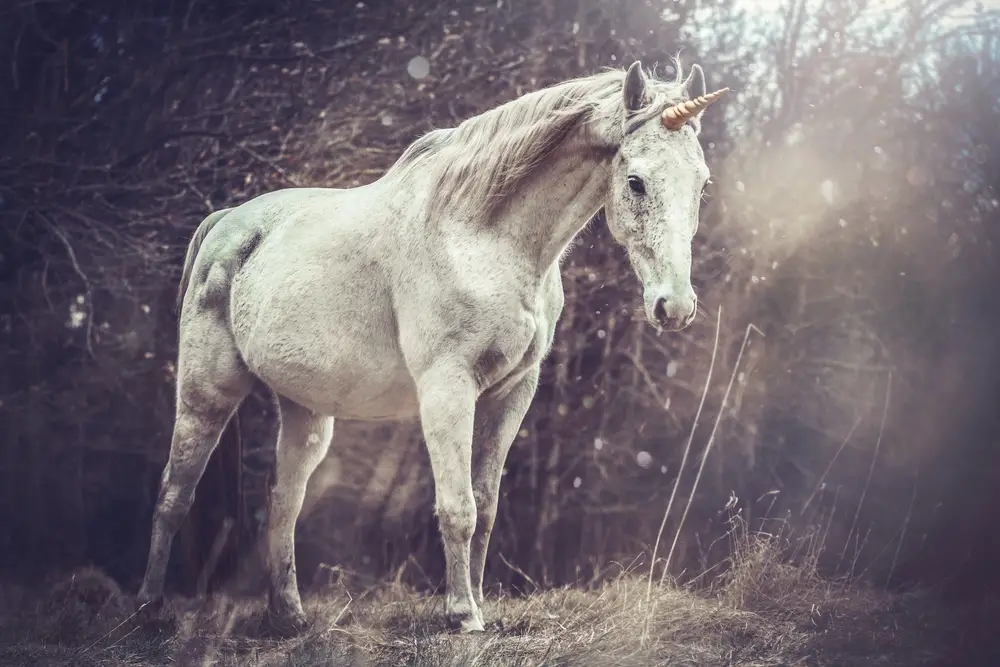
According to legend, the unicorn’s presence on the Ark is as certain as its mythical horn. While the Bible does not mention unicorns, medieval interpretations often included them as graceful stowaways. You can almost imagine these creatures daintily stepping onto the Ark, bringing an air of elegance to the voyage. Their inclusion in the Ark’s passenger list is a testament to the enduring allure of mythical creatures.
The idea of unicorns on the Ark gained popularity through European folklore, which often blended biblical stories with local myths. Theologians like Ctesias and Pliny the Elder entertained the idea of unicorns existing, adding credibility to the myth. The enduring fascination with unicorns has only been bolstered by their symbolic meanings of purity and grace. Even today, they captivate our collective imagination, proving that some myths never lose their sparkle.
12. The Phoenix

The phoenix, renowned for its cycle of rebirth, is another creature said to have sailed with Noah. While not directly mentioned in any canonical texts, its symbolism of survival and renewal fits perfectly with the Ark’s narrative. Ancient cultures, from Egyptians to Greeks, spun tales of this majestic bird rising from ashes, aligning it with themes of hope and resurrection. On the Ark, it would have been a powerful symbol of life’s resilience.
Though often associated with myth, the phoenix’s role in the Ark story speaks volumes about humanity’s desire for continuity and renewal in the face of disaster. Its fiery rebirth would have served as a beacon of inspiration for the other animals — and perhaps Noah himself. While no scientific evidence supports its existence, legends of the phoenix have persisted for centuries. Its mythological status underscores our fascination with the possibility of eternal life and rebirth.
13. The Behemoth
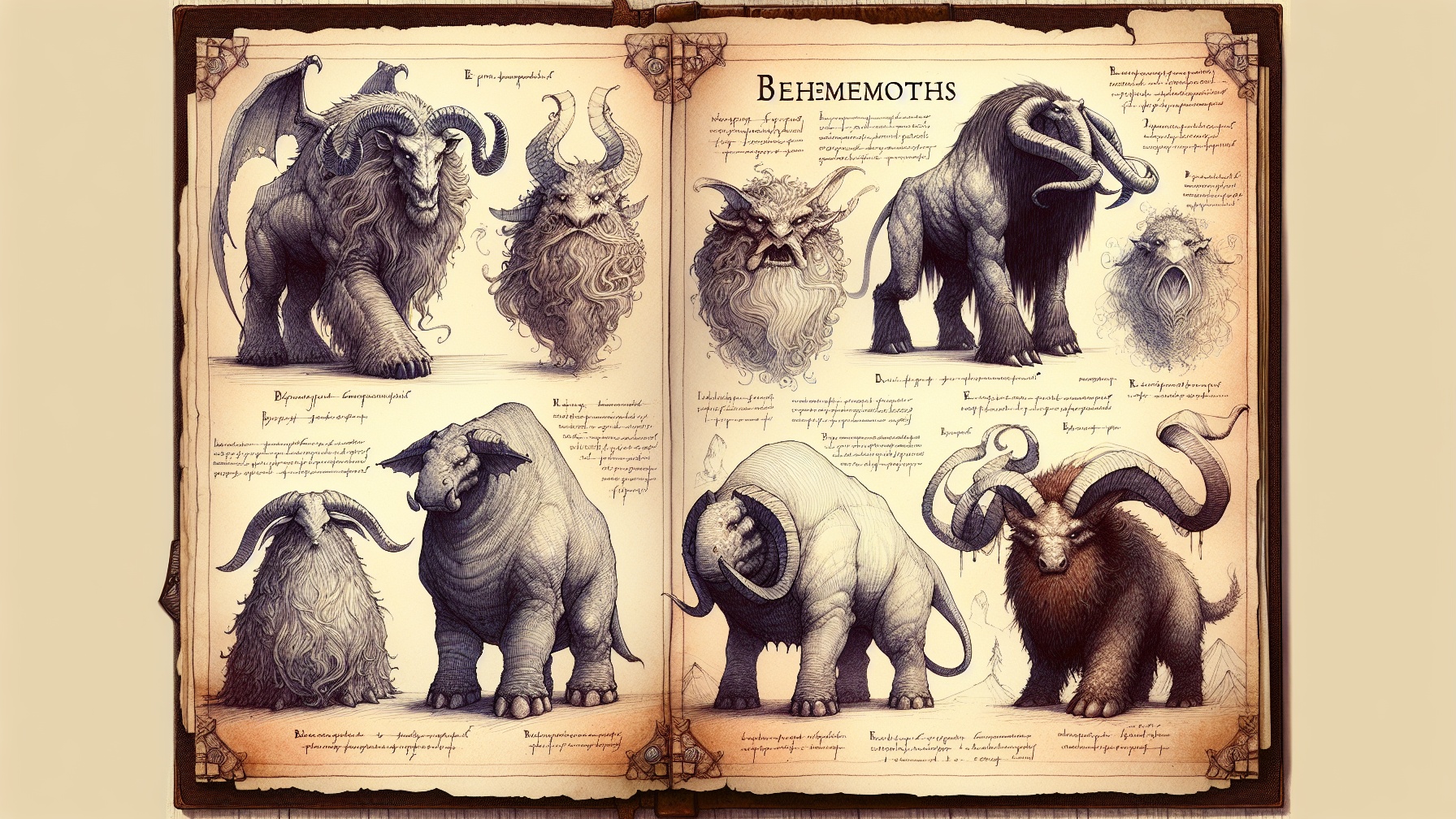
The Behemoth, a colossal land creature mentioned in the Book of Job, is rumored to have found refuge on the Ark. Its biblical description paints a picture of an enormous beast, often compared to elephants or hippopotamuses but with mythical proportions. You can easily imagine this gentle giant trudging aboard, adding to the Ark’s diverse menagerie. The Behemoth’s inclusion highlights the blend of reality and myth that characterizes this legendary voyage.
In biblical scholarship, the Behemoth serves as a symbol of God’s creative power and the vastness of the natural world. Some experts, like those in the Journal of Biblical Literature, suggest it represents the fearsome might of nature, a fitting passenger for the Ark’s survival tale. As with many mythical creatures, its ambiguous identity sparks debate and intrigue. Whether real or imagined, the Behemoth embodies the mystery and wonder of ancient legends.
